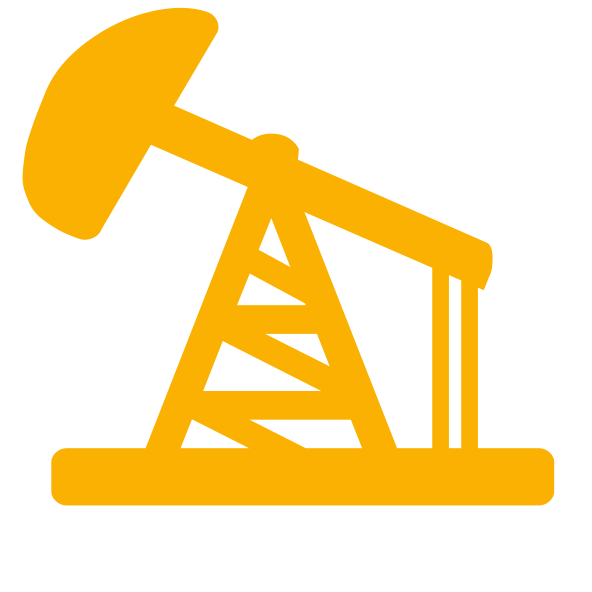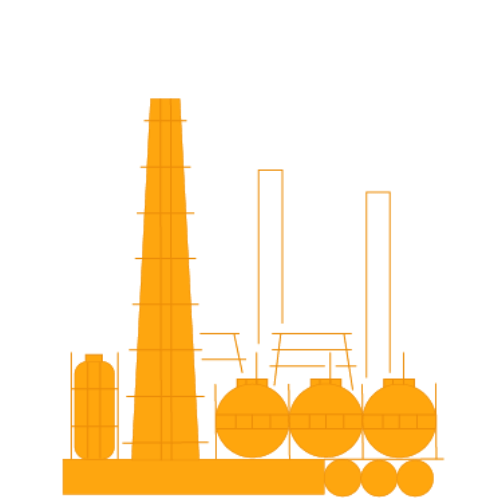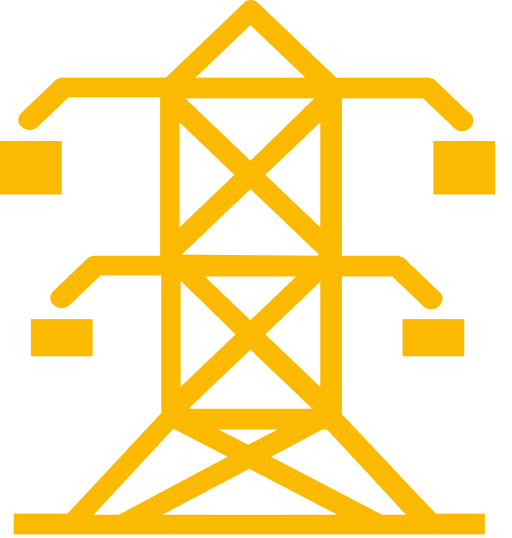 A recent survey by Verdantix – the Verdantix Operational Excellence Global Corporate Survey – found that 97% of companies were looking for innovative connected worker solutions to resolve their ongoing talent retention and engagement challenges. Organizations want healthier alternatives to existing operational processes and infrastructure – alternatives that allow for measurable improvements in excellence, productivity, health and safety, and connectivity.
A recent survey by Verdantix – the Verdantix Operational Excellence Global Corporate Survey – found that 97% of companies were looking for innovative connected worker solutions to resolve their ongoing talent retention and engagement challenges. Organizations want healthier alternatives to existing operational processes and infrastructure – alternatives that allow for measurable improvements in excellence, productivity, health and safety, and connectivity.
It has become critical for companies to implement solutions that drive multi-faceted operational excellence – maximizing productivity and efficiency while focusing on the expectations of the next generation of skilled workers. The younger generation doesn’t have the skills and knowledge that would allow them to fully realize and manage legacy systems and processes. They enter the marketplace with a deep reliance on technology. This generation doesn’t want paper; it wants digital. It wants processes digitized and systems enhanced.
Fortunately, digital is ready to deliver precisely what the organization needs.
With robust and reliable digital systems in place, organizations can better manage risk with real-time insights and alerts while improving worker safety and productivity. Leveraging connected worker platforms and capabilities, companies can fundamentally shift how they use and interpret their data, using insights to solve workforce challenges while implementing sustainable changes to processes and platforms. These data-driven insights transform data from information to actions. Actions that are dynamic, relevant, and immediate.
This aligns with a growing need for real-time data integration and visibility as part of an organization’s strategy, risk management, and workforce transformation.
But what is the connected worker?
The connected worker is an invaluable tool for the modern organization as it allows companies to empower workers to achieve more within increasingly rigorous restrictions without compromising on security or productivity. Connected worker platforms help organizations to integrate information, systems and operational data more efficiently while delivering impressive results across key use cases. The connected worker also ticks the boxes of optimization, safety, productivity, data-driven decision-making, real-time visibility, and transformative digital functionality.
The smart way to streamline
A well-designed and integrated connected worker platform will streamline operations, address labor shortages, digitize management and processes, improve onboarding and skills development, deliver relevant operational insights, and provide clear work instructions and logistics in real-time.
 Use Case 01: Digital cohesion across facilities and workers
Use Case 01: Digital cohesion across facilities and workers
One of the key challenges facing the sector is the labor shortage. Older workers are retiring and taking their unique insights into systems, processes, and platforms with them. Many of these systems are still reliant on paper and can represent a barrier to entry for the younger workers who still have to build their skillsets and understanding in a demanding industry. As mentioned earlier, most of the younger workers enter the workplace already reliant on digital, which can be a huge advantage to companies that invest in digital platforms and solutions.
According to Verdantix, connected worker technology is key to resolving the disconnect between the knowledge lost as the older workforce retires and the knowledge needed by the next generation. Connected worker solutions offer organizations the insights and data they need to ensure workers have the training, tools, information, and visibility they need to do their jobs effectively. It can provide the real-time status of employees and their tasks in the field and combines this with a 360-degree view of operations and real-time communication to effectively manage hazard situations, accidents, contractors, remote precise tasks and emergency situations.
In a recent press release unpacking how the global skills shortage has accelerated the digitization of industrial operations, Joe Lamming, an industrial analyst at Verdantix, said: “Labor shortages have gripped industrial firms worldwide since the COVID-19 pandemic subsided and put even greater pressure on heavy industry to explore digital solutions. Expanding data acquisition, establishing robust data management processes, and driving advanced analytics will help get the best hands, eyes and ears on-site at the right time. Successful industrial software vendors will offer scalable, self-service solutions to key pain points where data management and integration with existing systems are prioritized.”
Use Case 02: A single connected resource
In a dynamic environment that involves multiple operational risks with complex equipment and production processes, the key to worker safety lies in connectivity, process improvements and proactive safety management. Leveraging these technologies to create a single connected resource, event and site managers can track and analyze ongoing situations at any site. For work teams and management, this single connected resource then integrates all data sources and provides access to valuable and accurate information and enables informed and efficient operations alongside enhanced safety.
Use Case 03: Authenticate and secure
Finally, there is the use of connected worker technology to minimize risk through maximized security control and access management. Wearables and connected worker technology on mobile devices ensures visibility into worker locations during an emergency so that you can re-route them to ensure their safety. It also allows for visibility into hazardous environments so that employees know where they are in relation to their environment and the dangerous machinery or materials that are around them.
This reduces the risk of the wrong person entering a dangerous space as it uses technologies such as near-field communication (NFC) or radio frequency identification (RFID) to ensure that only trained personnel can access an area or system. It automatically reduces the chances of injury or error and can have the added benefit of ensuring that security is optimized throughout the organization.
Use Case 04: The connected GOARC worker
This is only part 01 of our two-part series on the use cases and benefits of the connected worker within heavy industry, and it only scratches the surface of its digital potential. It is a revolutionary convergence of personal and process safety that can and will improve your organization’s efficiency, safety, reliability, and worker engagement and retention. GOARC, recognized by Verdantix as a superior provider of the connected worker platform, offers a comprehensive view of your facility, workers, processes, and systems that will transform how you manage your assets and your people.
Not convinced? Check out our new post next week to unpack further use cases that showcase the value of the connected worker in the modern organization.



 Use Case 01: Digital cohesion across facilities and workers
Use Case 01: Digital cohesion across facilities and workers






